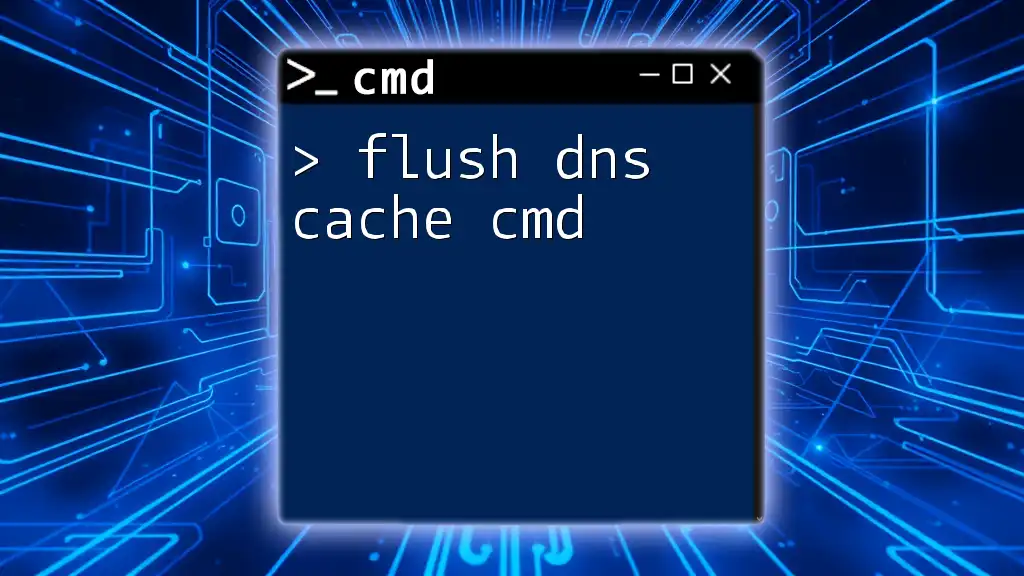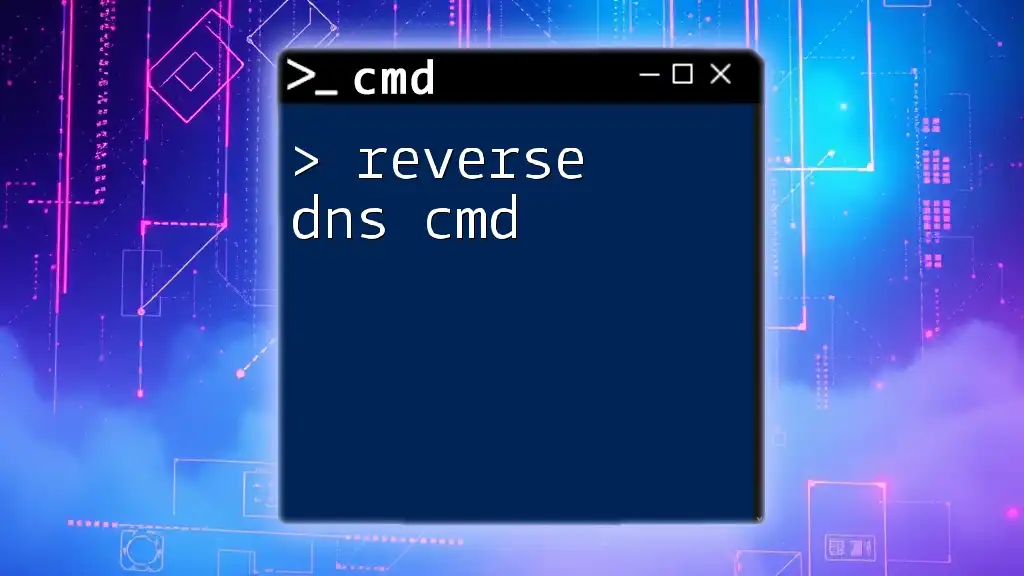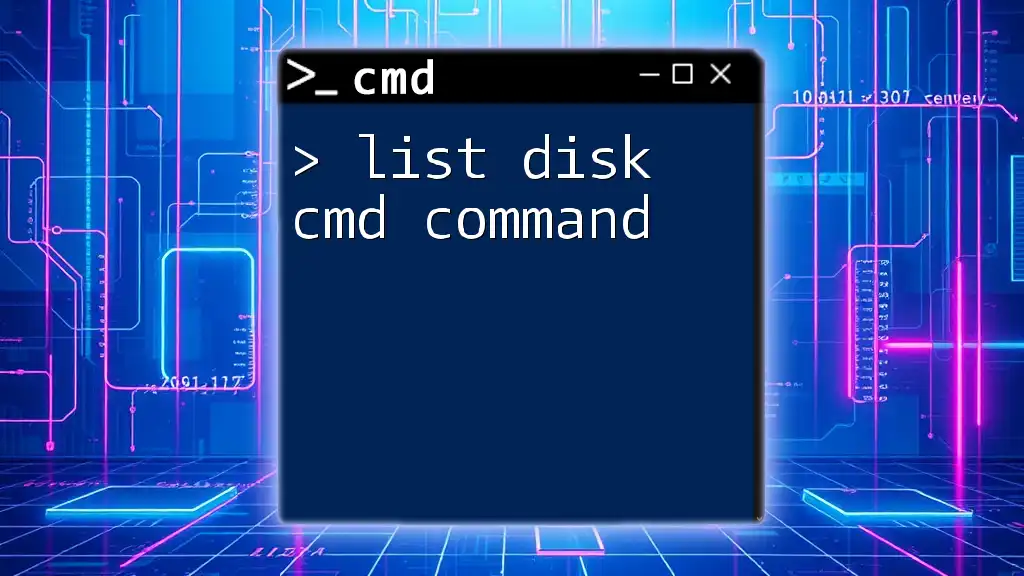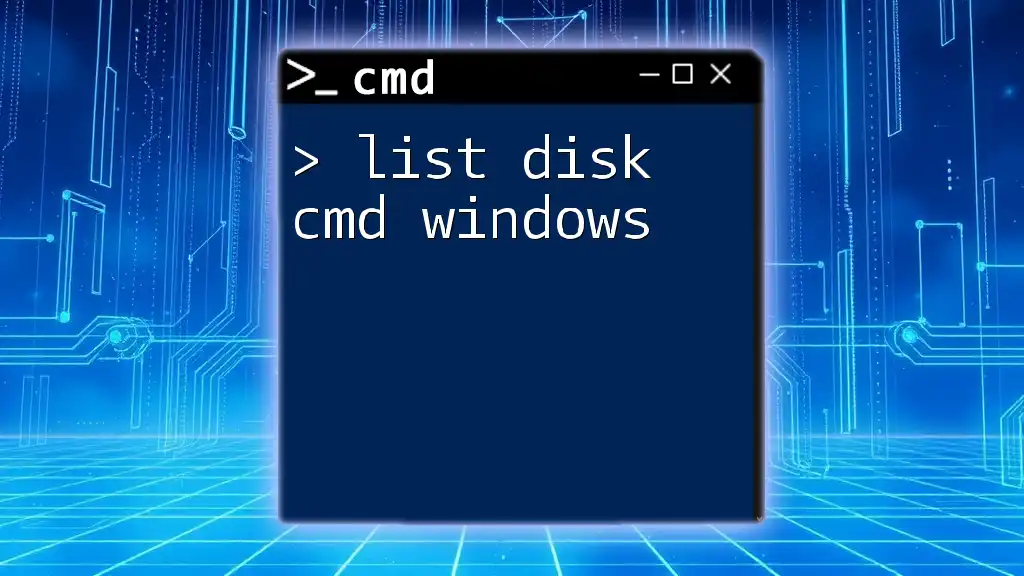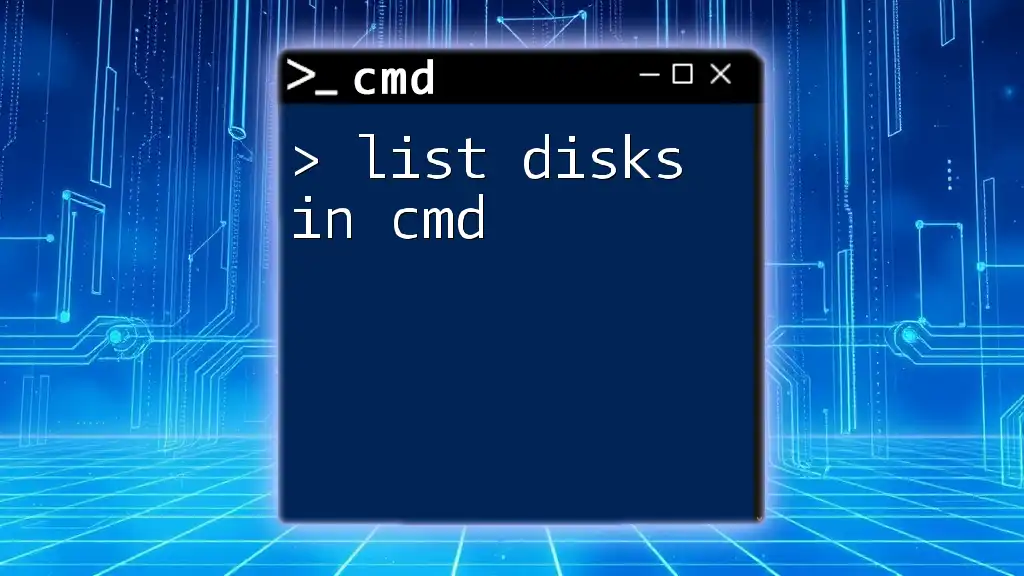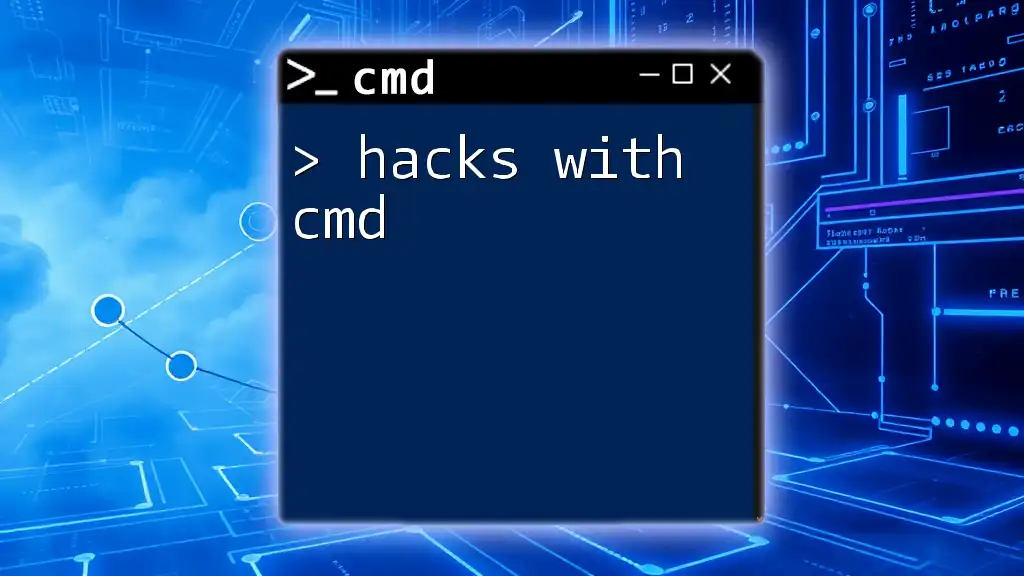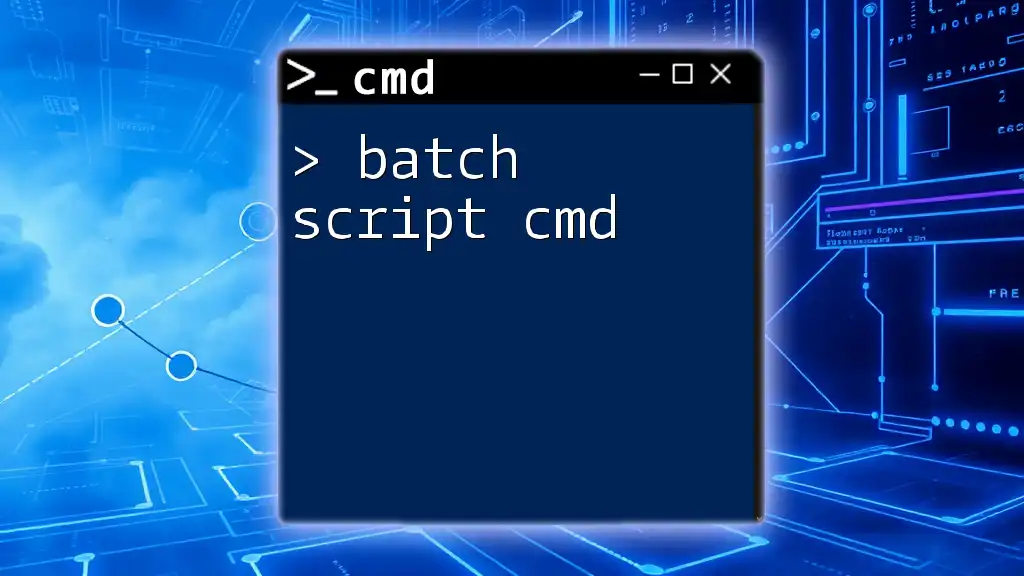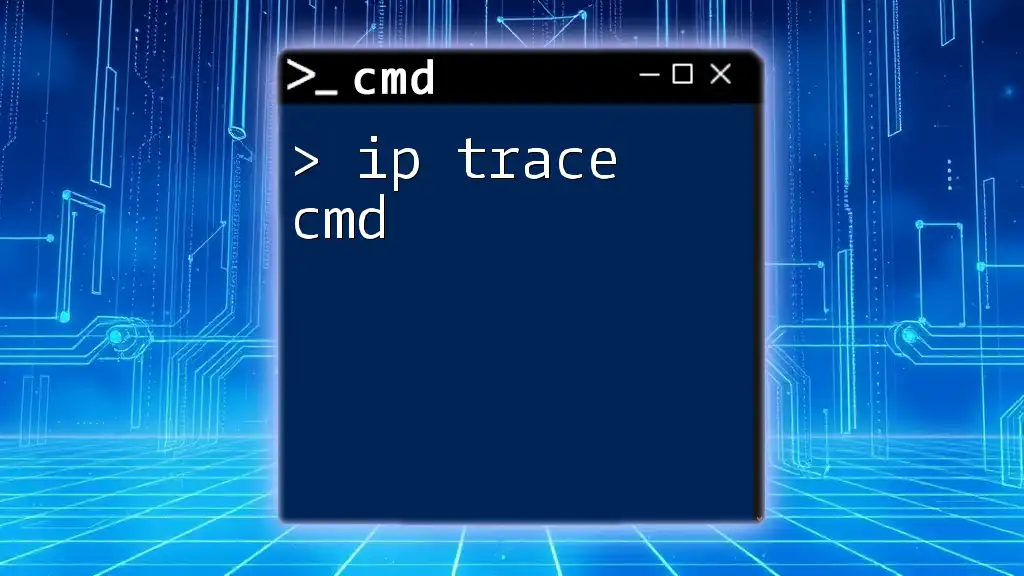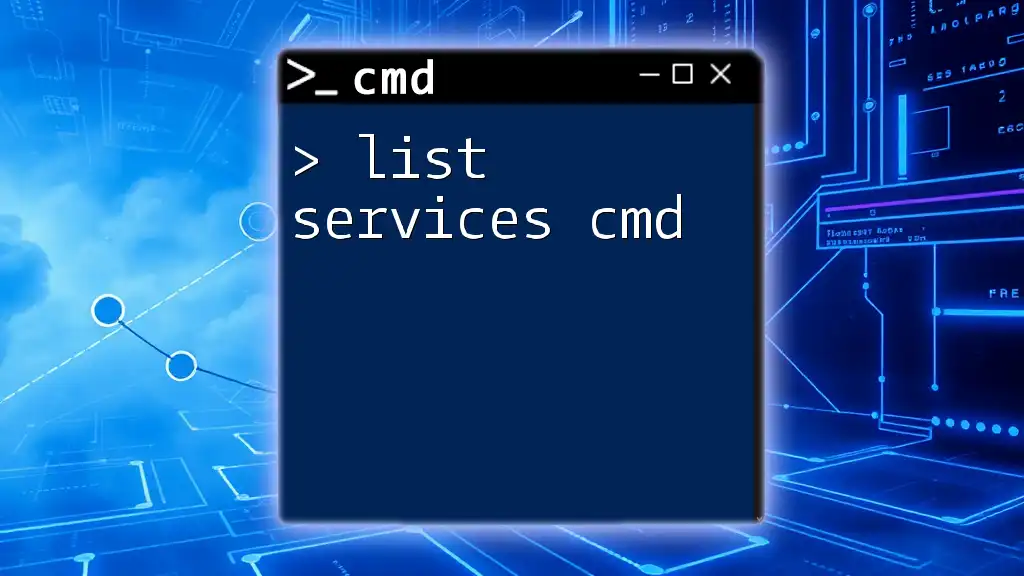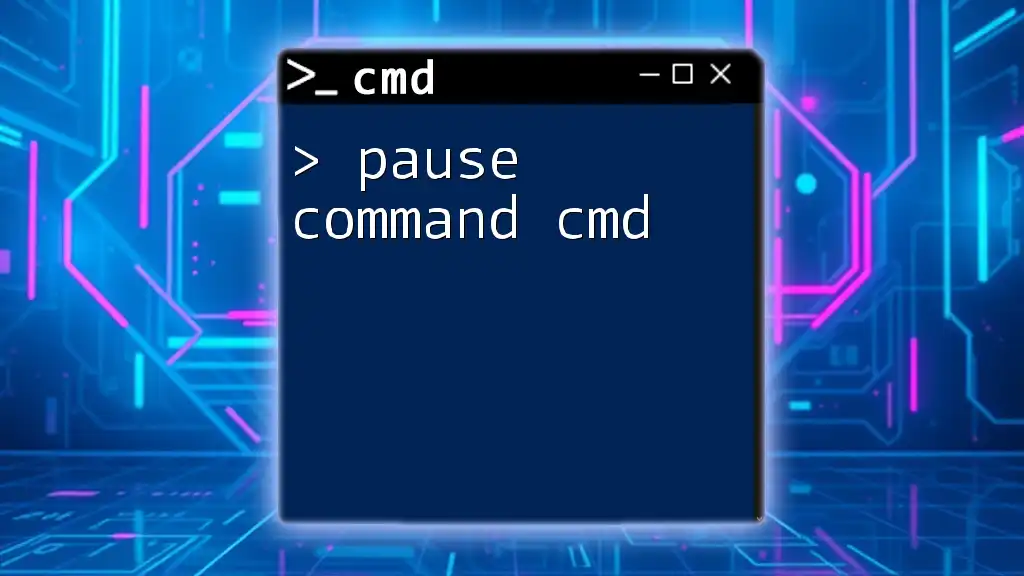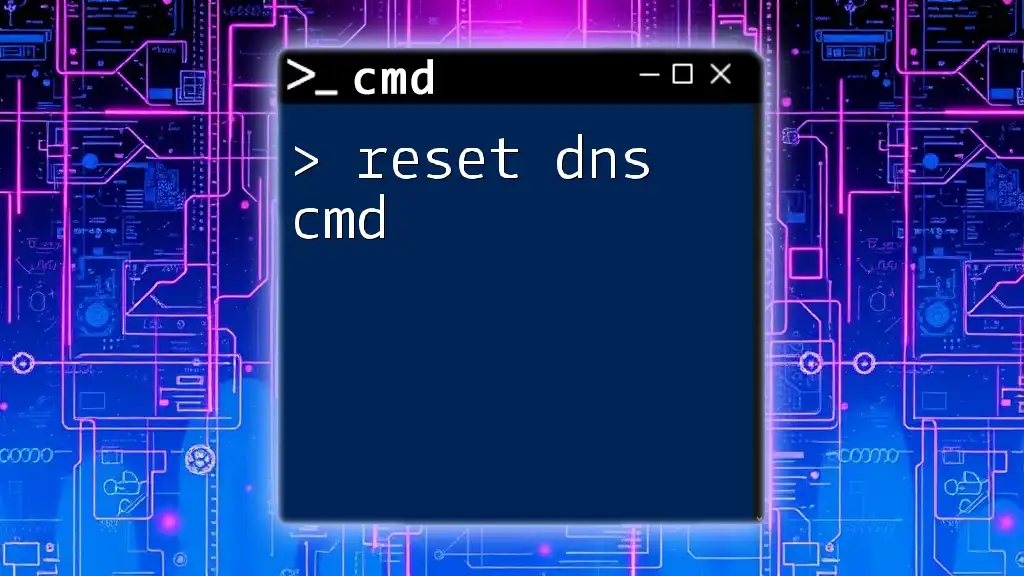Flushing the DNS cache using the command line can help resolve network issues by clearing outdated or incorrect DNS information stored on your computer.
Here's the command to flush the DNS cache:
ipconfig /flushdns
Understanding DNS and Caching
What is DNS?
The Domain Name System (DNS) is a fundamental component of the internet, acting as a directory for translating human-friendly domain names (like www.example.com) into machine-readable IP addresses (like 192.0.2.1). This process is crucial because while we tend to remember names, computers communicate using numeric addresses.
What is DNS Caching?
DNS caching is the temporary storage of DNS query results. When you visit a website, your operating system or router caches the IP address returned by the DNS server to speed up subsequent requests for that same domain. This is especially beneficial for frequently visited sites, reducing load times and network traffic.
When Should You Flush Your DNS Cache?
Flushing the DNS cache may be necessary in several scenarios:
- Connection Issues: Problems connecting to websites or sluggish browsing can sometimes be remedied by clearing outdated or corrupt cache entries.
- DNS Record Changes: If the DNS records for a website have changed (like when a site moves to a new server), your local cache may still be pointing to the old IP address.
- Website Loading Issues: If a website isn't loading correctly or displays outdated content, a DNS flush can help resolve these problems.
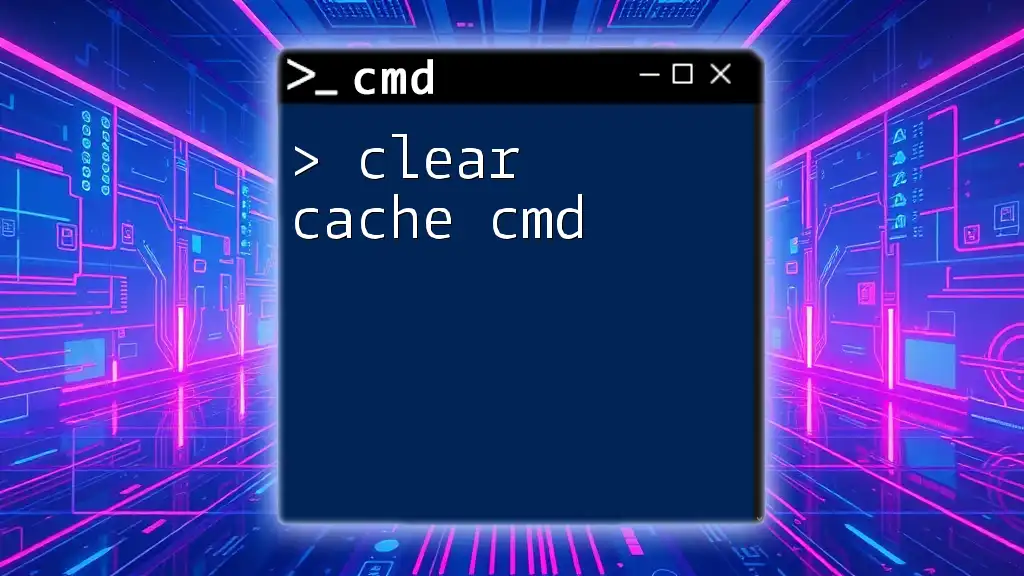
How to Flush DNS Cache Using CMD
Preparing to Use CMD
Before you can flush your DNS cache, you'll need to access the Command Prompt (CMD). Here are the steps for different versions of Windows:
-
Windows 10
- Press `Windows Key + X` and choose Command Prompt (Admin).
-
Windows 8/8.1
- Press `Windows Key + X`, select Command Prompt (Admin).
-
Windows 7
- Click on the Start menu, search for cmd, right-click on it, and select Run as administrator.
The DNS Flush CMD Command
The command you need to execute to clear your DNS cache is simple and straightforward:
ipconfig /flushdns
This command instructs Windows to delete the current DNS cache and start afresh.
Step-by-Step Guide to Execute the Command
Opening Command Prompt
To ensure that the command executes successfully, open CMD with administrative privileges. This will allow you to make system-level changes, including flushing the DNS cache.
Executing the Flush DNS Command
Once you have CMD open, type the following command and then press Enter:
ipconfig /flushdns
After a moment, you should see a confirmation message indicating that the operation was successful:
Windows IP Configuration
Successfully flushed the DNS Resolver Cache.
This message reassures you that your DNS cache has been cleared.
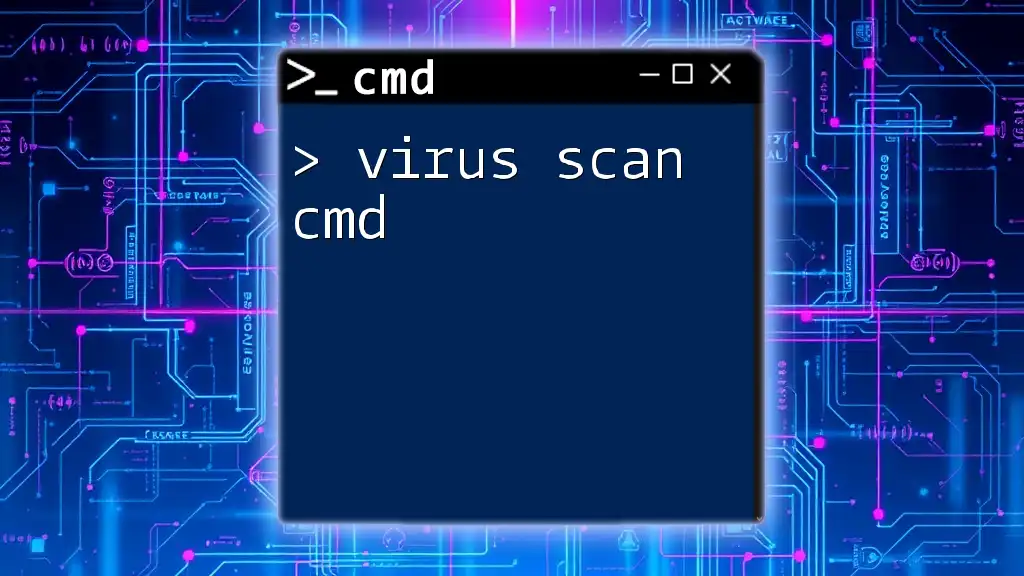
Verifying the DNS Cache Flush
How to Check if DNS Cache Was Flushed
After flushing, you may want to verify that the DNS cache has been cleared. You can use the following command:
ipconfig /displaydns
Understanding the Output
When you run this command, it will display the current DNS entries stored in your cache. If the flush was successful, this list should be empty or significantly reduced.
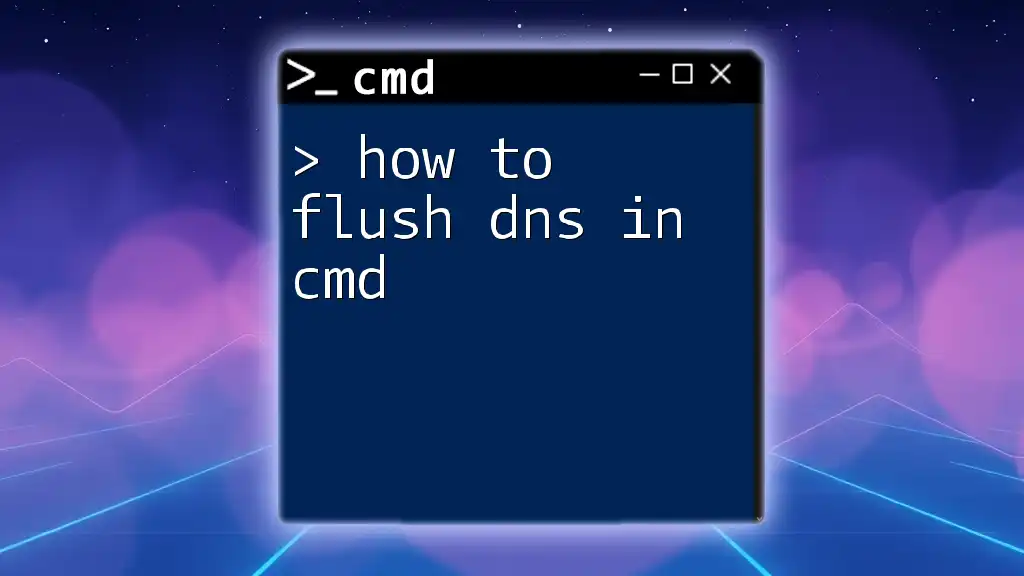
Troubleshooting Common Issues
If the DNS Flush Command Doesn’t Work
If you encounter problems executing the DNS flush command, there are several reasons this might occur:
- Permissions Issues: Ensure that you are running CMD as an administrator.
- CMD Not Running as Administrator: Always verify that you have the proper access levels.
- Network Connection Problems: Check that your internet connection is active and functioning correctly.
Alternative Commands Related to DNS Management
In addition to flushing the DNS cache, there are other useful commands you might want to familiarize yourself with:
-
Release IP Configuration: This command releases the IP address from the network interface.
ipconfig /release -
Renew IP Configuration: After releasing, you can renew the IP address to re-establish connection with the network.
ipconfig /renew
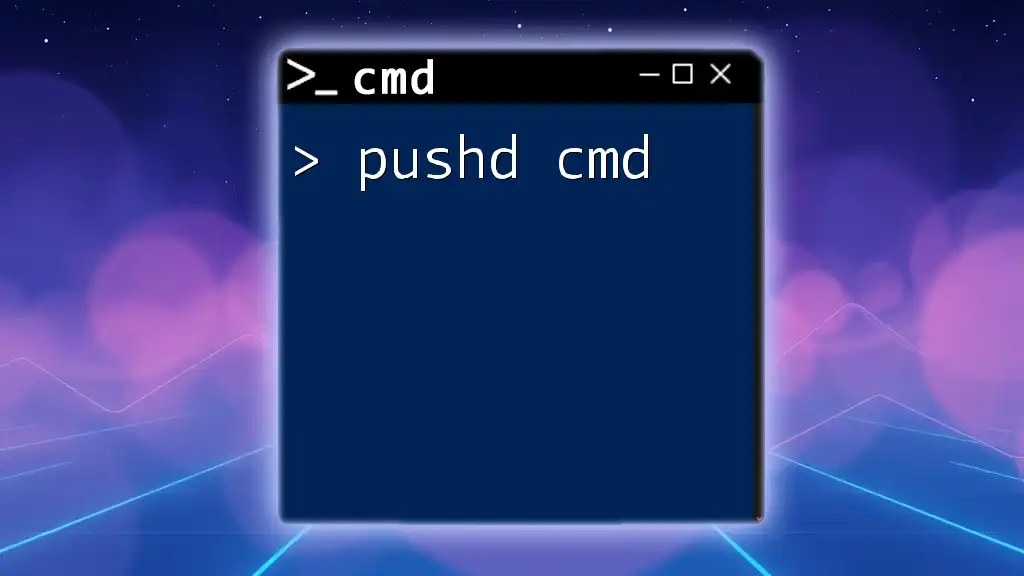
Additional Tips for Managing DNS Cache
Set a Regular Schedule for DNS Cache Flushing
Regular DNS cache flushing is a good practice, especially for heavy internet users. Consider flushing your DNS cache periodically, such as once a week or whenever you experience connectivity issues. This helps maintain optimal browsing performance.
Using Other Tools for DNS Management
While CMD is an efficient tool for flushing and managing your DNS cache, there are graphical tools and network management software available that can simplify the process for less tech-savvy users. These tools often provide user-friendly interfaces to manage your DNS settings effectively.
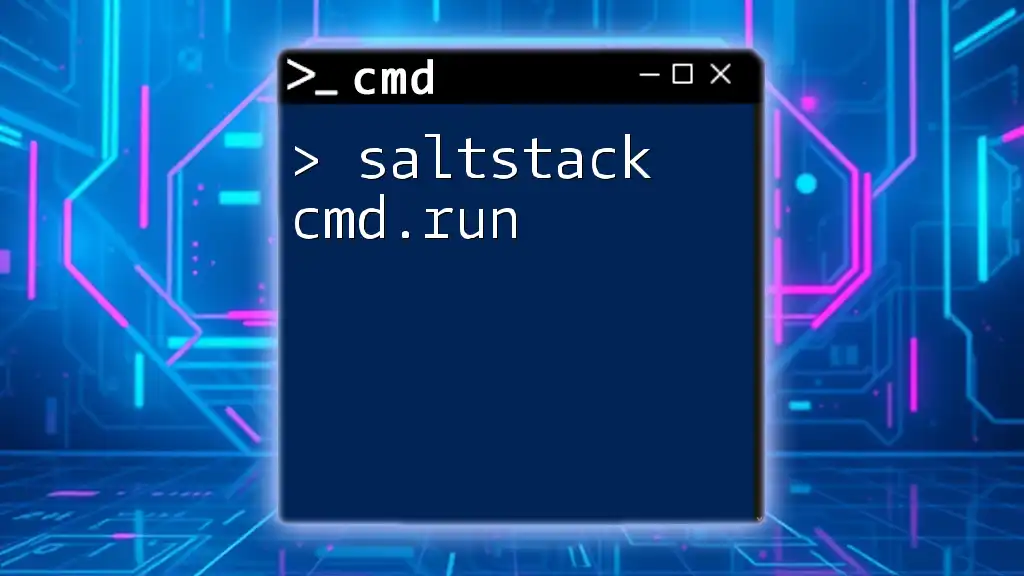
Conclusion
Flushing the DNS cache is an essential skill for troubleshooting connectivity issues and ensuring smooth web browsing. Using the CMD method, you can quickly and effectively manage your DNS settings, boosting your expertise in network troubleshooting.
Don't hesitate to practice the flush dns cache cmd command and explore other DNS management options in CMD. Your ability to resolve internet issues will greatly improve as you incorporate these practices into your digital toolkit.
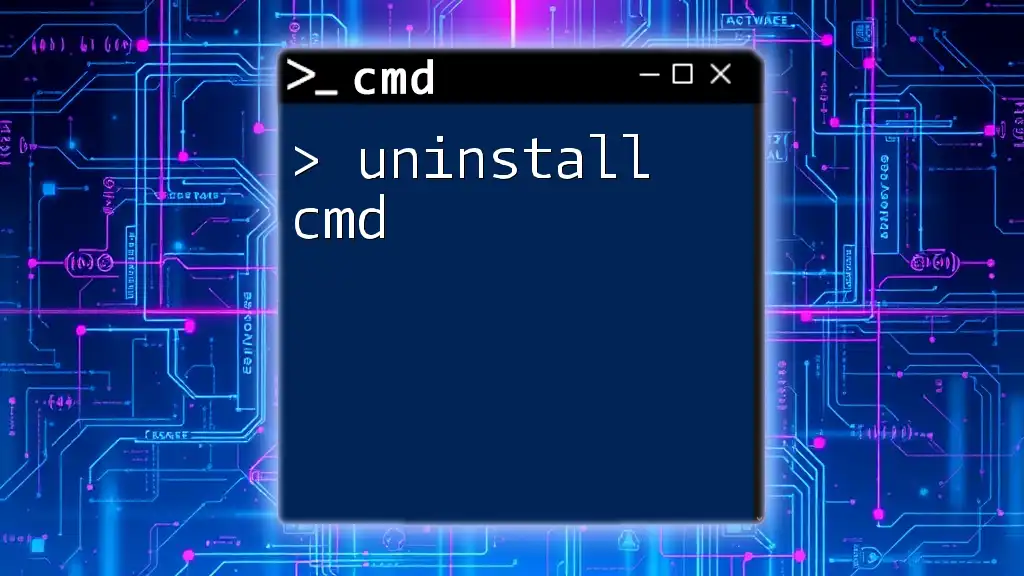
FAQ Section
What is the Purpose of Flushing the DNS Cache?
The primary purpose of flushing the DNS cache is to remove outdated or incorrect DNS entries that may interfere with your ability to access websites correctly. This can enhance your browsing experience and resolve connectivity issues.
Can I Use DNS Flush CMD on Other Operating Systems?
The `ipconfig /flushdns` command is specific to Windows. Users on macOS can use the `sudo killall -HUP mDNSResponder` command in the Terminal, while Linux users may use `sudo systemd-resolve --flush-caches` or similar commands depending on the distribution.
How Often Should I Flush My DNS Cache?
While there are no hard and fast rules, flushing your DNS cache might be beneficial whenever you encounter connectivity problems, after you've made significant network changes, or even on a regular schedule for regular maintenance.

